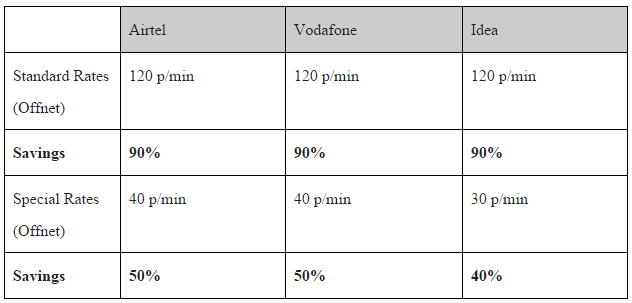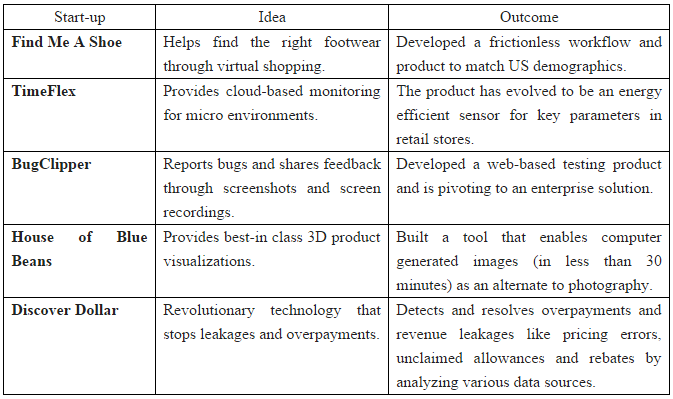Today we have a guest article by Clay Clark who is former United States Small Business Administration Entrepreneur of the Year, an award-winning speaker & founder of the Thrive15.com online business education platform designed to help people to start a business, grow a business or advance in their careers.
Note – I in the article refers to Clay. Some of his views might be only applicable for US based startups.
He shares sixteen Business laws every Entrepreneur should know. So let’s get started with his guest article.
Action is the real measure of intelligence : Napoleon Hill
After consulting countless entrepreneurs in nearly every industry imaginable, I have found the following universal business laws that successful entrepreneurs follow and you should too –
Dream big and then focus on turning those big ideas into small action steps
You have to begin with the end goal in mind, knowing that a goal is a dream with a deadline. You must believe and understand that if you do not impose a deadline for your dreams on yourself, your dreams will never become reality because they will never get done. You must learn to break down your big ideas into the small actionable items needed to get things done. This is skill that you can learn and a skill that is taught in the book Scale by Jeff Hoffman and David Finkel.
Learn to sell or your business will go to hell
If you can’t sell your product, it goes from being an asset to a liability. Learn to sell, partner with someone who can sell, or learn to be poor. And when I say “learn to sell” I realize that most people (not you) immediately formulate a mental picture a man similar to the sales hack below. My friend, the man featured below is not selling, he demonstrating high-pressure “jackassery” in combination with a lack of tact, knowledge and skill.
If you are serious about learning to sell make sure to read Soft Selling In A Hard World by Jerry Vass, Ultimate Sales Machine by Chet Holmes, The New Conceptual Selling by Robert Miller and Relationship Selling by Jim Cathcart. There are as many highly-skilled natural sales people as there are natural cricket players or American-style football players. Learn to sell or you will come across like the man below.
Over deliver and you will soon be over paid
Over deliver on promises and deadlines. Show up early, deliver your product early, and deliver more than you promised. Over deliver now and in the future, and you will be overpaid. My friend this concept of over-delivery and forming the “Habit of Doing More Than Paid For” is described in great detail by Napoleon Hill in his bestselling book, Think and Grow Rich. The habit of doing less than paid for and always doing everything a day late or just in time and slightly wrong is taught by everyone else. Don’t do what everyone else is doing if you want to get paid like the top 5%.
Always deliver on your promises
Even when it’s not fun, easy, or conveniently affordable, you must deliver on your promises. Build a foundation for success around a solid reputation so that you can exponentially grow your level of compensation. Most entrepreneurs really struggle with this and it’s usually a result of poor organization habits. If you are choosing to be disorganized you are going to start dropping the ball and forgetting to complete tasks.
To be a successful entrepreneur you must have a maniacal focus on details. Most struggling entrepreneurs are visionary generalists who lack the discipline needed to sit down, shut up and write down all of the actionable details needed to move from point A to point B. However, ALL SUCCESSFUL ENTREPRENEURS IN THE HISTORY OF THIS GREAT PLANET are either phenomenal when it comes writing out the specific details or they have hired someone on their team who is phenomenal with the details. Steve Jobs, the co-founder of Apple was correct when he once said – This is what customers pay us for – to sweat all these details so it’s easy and pleasant for them to use our computers.
Standardize everything
Common sense is not common; thus, you must create duplicable processes for every facet of your business. Think like GE, Southwest, and QuikTrip; not like some ridiculous and perpetually-just-barely-surviving-bait-shop-or-taco-truck. My friend mentally marinate on this for a moment.
Warren Buffet, who is one of the world’s wealthiest people and arguable the most successful investor of all time said, “I try to buy stock in businesses that are so wonderful that an idiot can run them. Because sooner or later, one will.” What does this mean? It means that you must build your business based around standardized systems that work and not around the minds of people who will go and go.










